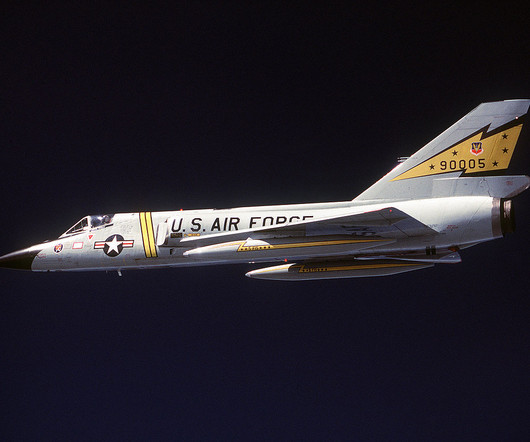How to Make a Perfect Soft Field Landing Every Time
Pilot Institute
MARCH 26, 2024
Hold this extra power as you enter ground effect. Low-wing aircraft perform better in ground effect because of the wing’s proximity to the ground. High-wing aircraft might need more power or pitch to arrest the descent. Simultaneously, increase back pressure to keep the nose wheel off the ground.











Let's personalize your content